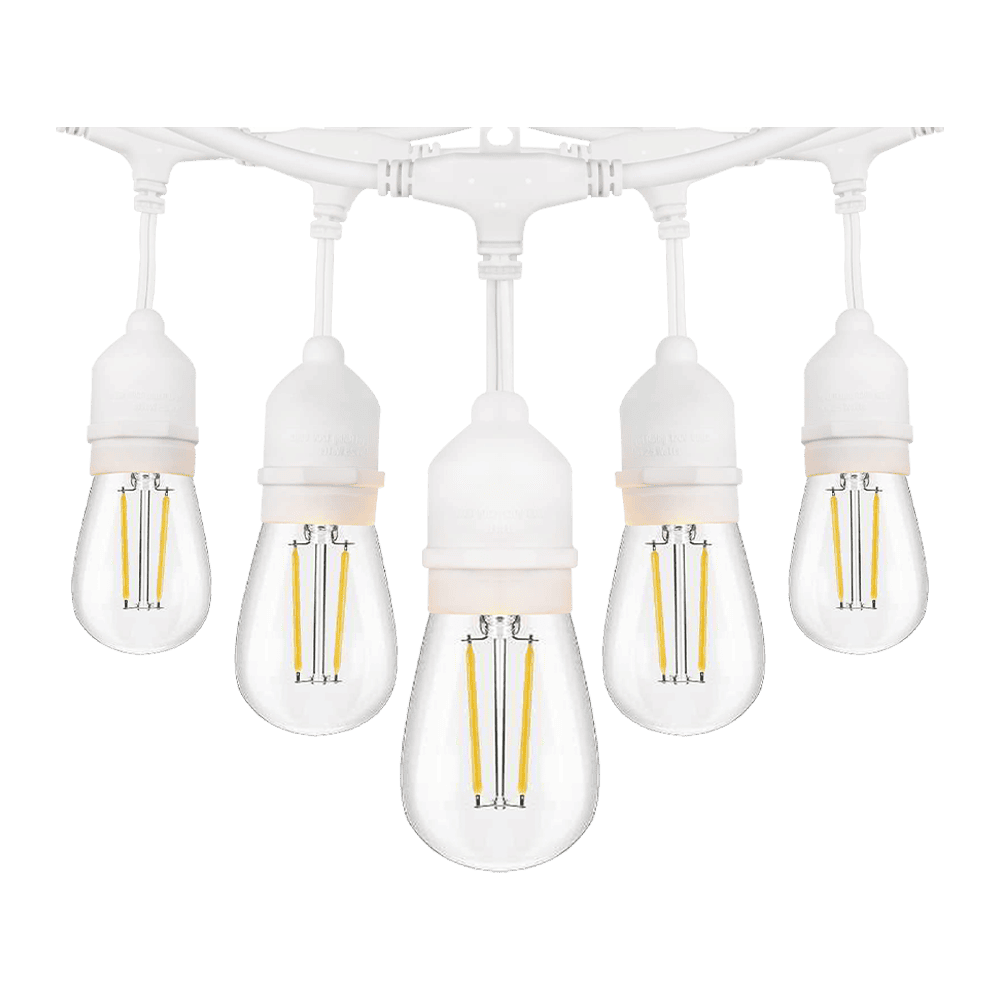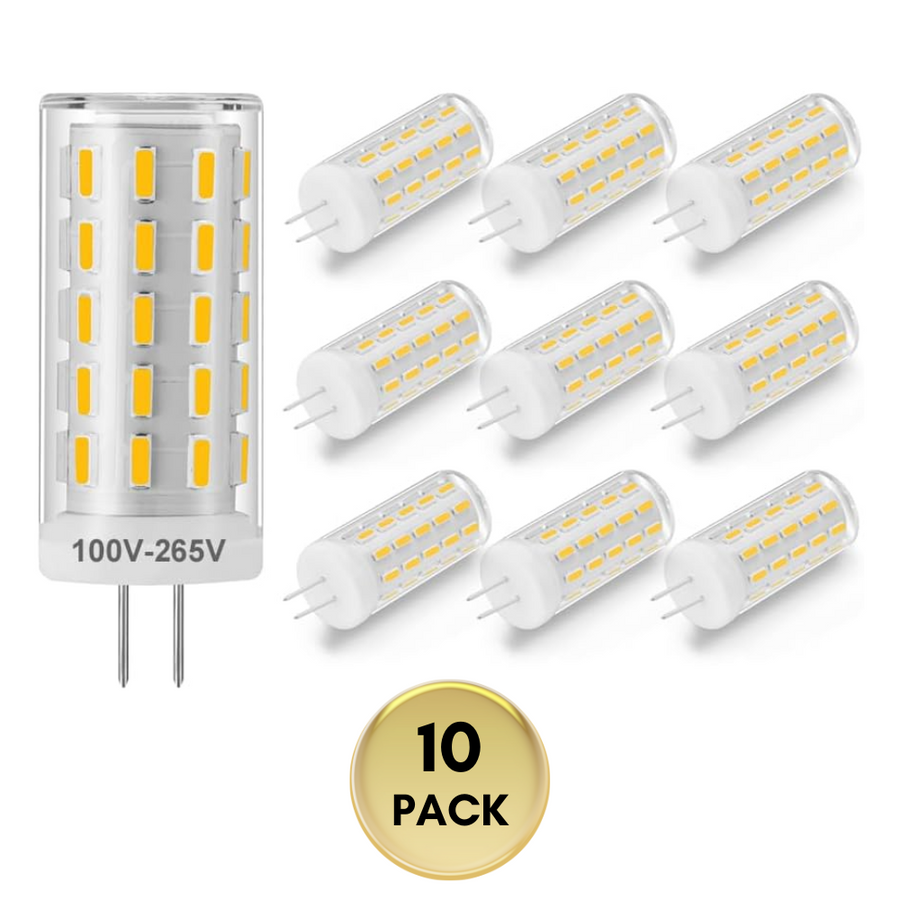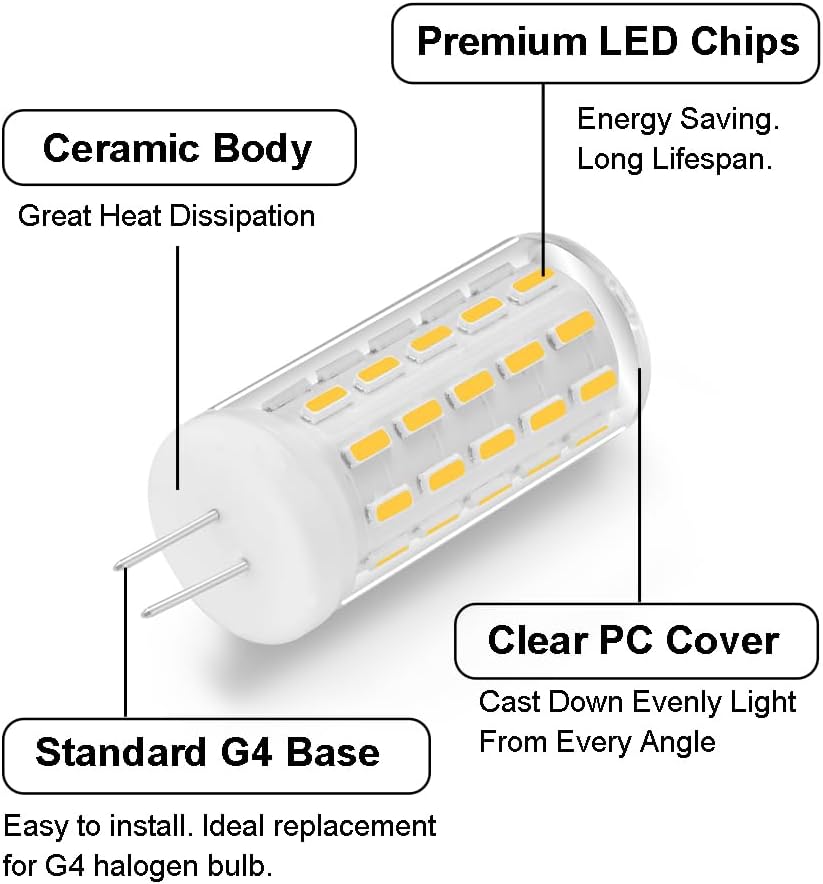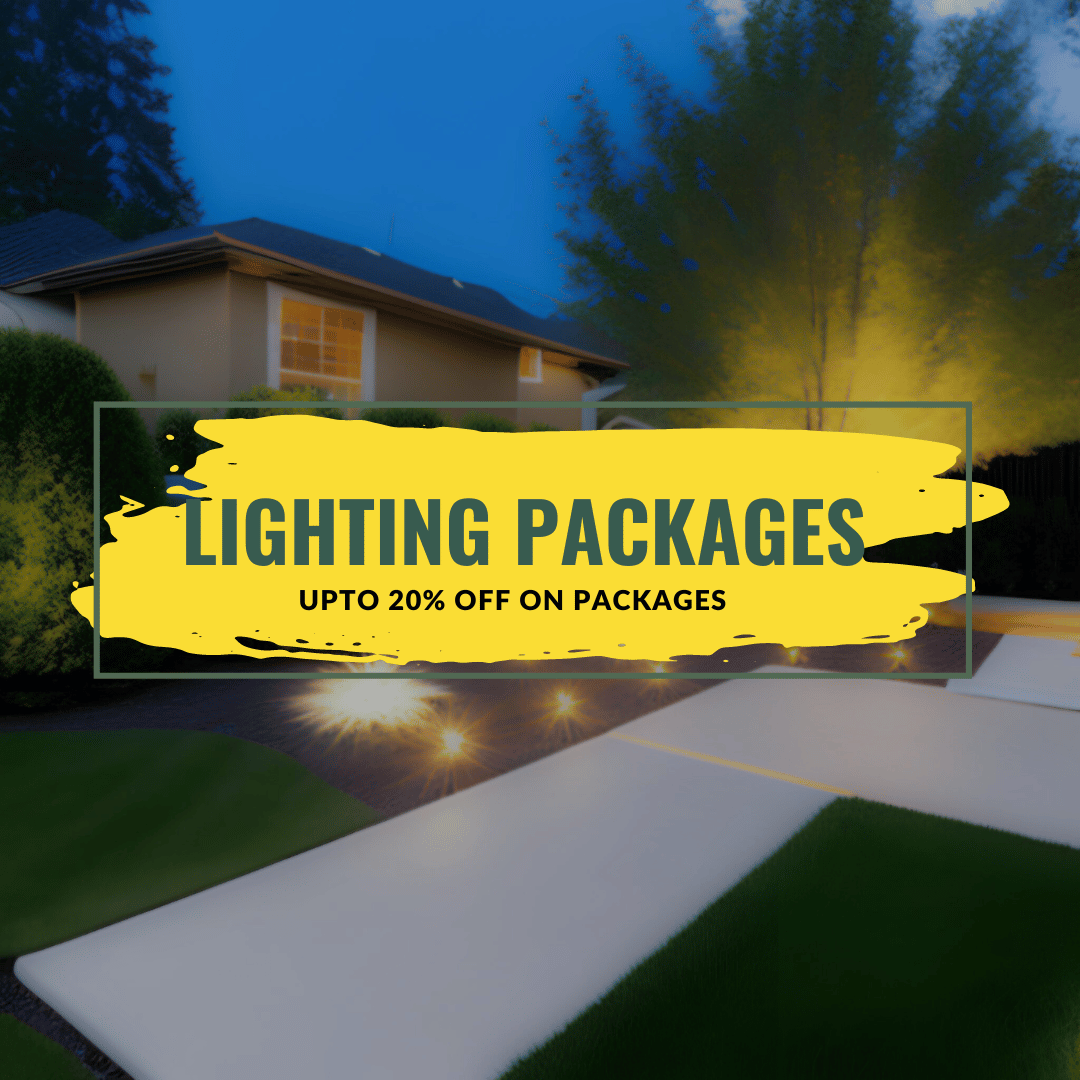Where Should Landscape Lights be Placed?
The placement of landscape lighting depends on the methods used. When your home is beautifully planted with flowers, ornamental plants, and trees tucked around your yard, the perfect finishing touch is some well-placed lighting. During the day, the bright hues and deep greens may look dazzling in the natural sunlight.
It's a good idea to make sure that the lovely yard you've created is still visible at night for appreciation. In your outdoor area, you wish to put landscape lights. It was a terrific decision, but now the difficult part is figuring out where to put your lights and what kind you'll need.
There are many things to consider and it depends on the type of effect you want. Making your lawn, patio, or driveway seem better is difficult. There are numerous lighting design options.
How Can the Landscape Lighting Process Be Started?
The first step in installing a landscape lighting system is to carefully decide where you want your lights to be placed. You value some traits more than others because they look different in the dark. Consider which aspects of your landscape you want to draw attention to.
Brushes and Trees:
Smaller bushes may only require a small portion of illumination, whereas trees with wide canopies require numerous lights.
Aquariums & Pool Cages:
Pool lighting is crucial for safety and for enhancing their natural beauty.
Flower Beds:
Low voltage lighting works well there because it puts just the right amount of light on the flowers all night long.
Decks, Patios, and Lanais:
To take advantage of the pleasant weather, it's a good idea to maintain these places well-lit.
Your House:
Homes with multiple stories probably need more lighting than homes with only one story. To showcase the architectural details, the lighting shifts its angle from low to the ground to high above.
Pathways and Fences:
These spaces require lighting to make a route visible or to highlight a row of flowers along a wall.
Where Should I Put Landscape Lighting?
It takes more than just putting a light fixture in the ground to provide effective landscape lighting. To achieve your lighting objectives, these lights should be placed at various angles and distances. To adequately illuminate some trees, you might need more than one fixture. You can make use of lighting in a variety of ways.
Shadowing:
When you choose lights that are placed to cast shadows, this is called shadowing. Still, you're attempting to use striking shadows cast on a different surface rather than silhouetting. A tree that you can utilize to cast shadows onto the wall is an excellent option if you have light-colored walls around your garden or as part of your home. Otherwise, the shadows might disappear.
Uplighting:
A number of fixtures are suitable for up-lighting, depending on the subject being illuminated. This light, which emanates from below, can cast shadows, washes, or silhouettes. This method can be used to contrast the light and shadow on the walls of various depths of a structure, giving it a stately and magnificent appearance.
Down Lighting:
Attached lighting to a tree or building, then direct it downward. Depending on what light is used, different outcomes might be obtained. Under the eaves, the house's construction is highlighted by a fixture that is fastened to it. Down-lighting is what gives the structure's base its lit area.
Accent Lighting:
Accent lighting is any lighting that draws attention to something. Down-lighting or up-lighting can be utilized to draw attention to a certain architectural feature, plant, or other design element.
Moonlighting:
True to its name, it produces a brightness that resembles moonlight. To generate greening, light can be shone high inside a tree's foliage. The lighting within a tree's branches creates shadows on the ground and a gentle glow from within.
Wall Washing:
To create a glow that will reflect off of a wall or other surface, position a light a few feet away from a feature and aim it sideways. For a more quiet impression, a broad angle flood light with low wattage is advised.
Path Lighting:
You can still direct your routes with a sense of romance or thrilling adventure even while you want them to be safe. When positioning a fixture along a walkway or path, it's a good idea to take safety precautions like being kicked by a mower or struck by a mower into account. To light a path, a variety of lighting approaches can be applied.
Ideas on Installing Landscape Lighting on Your Own
Here are some brief pointers to keep you on the correct path if you're thinking about attempting to do your own landscape lighting.
- Make sure that none of the lights in your home or the homes of your neighbors are directed into any windows.
- For best performance and lifespan, invest in high-quality materials, including light fixtures and bulbs.
- To make sure the lights are straight, use a level.
- All connections are watertight.
- Put all wiring underground at least 6" deep.
- Before you begin digging, have all light placements planned and drawn out.
Conclusion:
Your characteristics will decide how you light your landscape. Your top goal should be to light up any areas you intend to spend time in. You should concentrate on notable regions if you want the rest of your garden to be noteworthy.
The trees, bushes, and lakes will look fantastic if you are cautious with how you light them. Just be certain to always illuminate a feature completely.
It looks far better than just seeing a trunk or unpleasant shadows on your fountain, whether you achieve so by selecting a wider-angled, brighter light or by using more than one for very large features like a tree.










